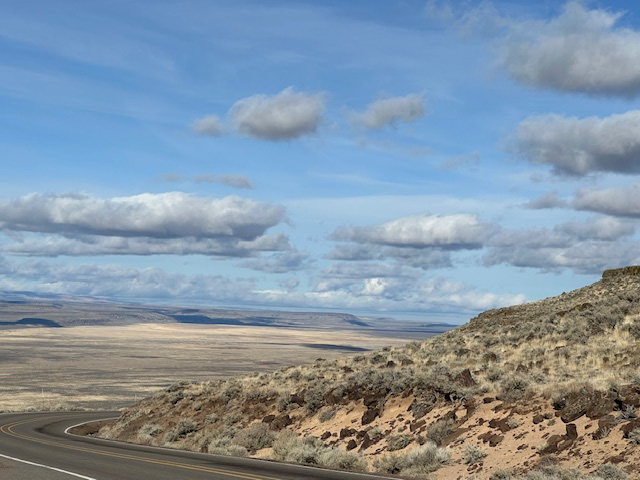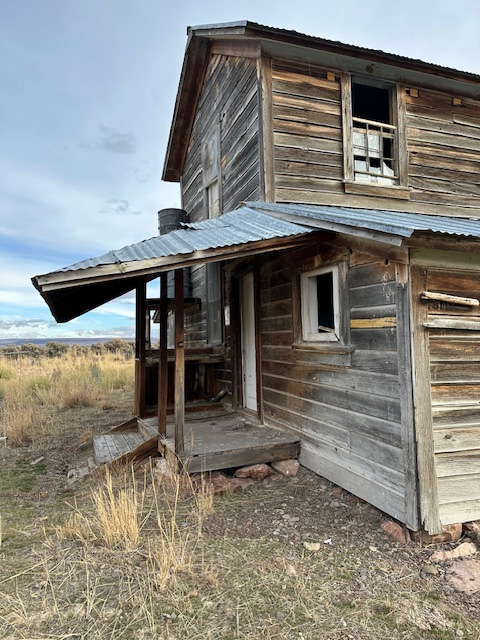A Blog of Personal Thoughts
A Damper for My Creativity
December 2025
Levetiracetam at 2,500 mg per day has drowned my ability to detect my creative writing ideas. I used to have goosebumps or chills whenever a new, creative thought came. The feeling accompanying a serendipitous moment has disappeared. How do I now discern a creative idea?
I’ve bought a couple of books on the topic, Lewis Hyde’s and Robert Epstein’s. It takes time to read a book, so unrewarding if it’s the wrong one. Recently, I stumbled across an article by behavior analysts Jerry Mertens and Erin Van De Hey. Why didn’t I read this less than six-page article when I saved it on my computer? Thank you, Jerry. I’d love to sit with you and tell you how this article contributed diamonds to my thoughts. Speaking of behavior analysis, I have more creative writing ideas and more thoughts about writing when I write literary works than when writing a behavior analysis or standard celeration chart article or book.
A creative idea comes to me from any of three factors. I walk outdoors in the woods, in the desert, by the water or am in a kayak or skiff. I sit at my desk or in a chair in my study to look at the objects there or stare out the window at the Alaska woods or High Desert mountains. I get lost in my thoughts as I look at my small portion of the planet. The third stimulus is music—classical, Orthodox, or Native American. Any of these locations or events can cause me to drift into a natural high, an illusion, or hallucination. In those situations, I may have a creative idea.
The medication caused these sensations, thoughts, and feelings to diminish. I miss them. I’ve lost these stimuli for writing. I don’t miss them at all when these moments drag on for a minute, hours, or a day and they turn into something other than creativity. I resent these moments and episodes when I walk into walls or am too dizzy to get up from my chair. Now thanks to Jerry and Erin I see how to increase my creative writing ideas.
The medication makes me sleep more. My eighteen-hour day has reduced to about fifteen or twelve. I’ve come to think that I must write. I have relinquished my daily four-mile walks to two. I can meditate or swim to have the out-of-body feeling, but I think I don’t have time for I must write. I can go for a walk, but I think I don’t have time for I must write.
What I try to do now is focus on the writing idea that hits me. Is it original? Have I had it before? Is it creative? How do I define these? What can replace the goosebumps or the chills? Yesterday I had an idea for a new book, a historical novel about my husband’s grandparents when they had the Barry Ranch in Guano Valley. Standing in the broad desert valley, I should have had shivers with that idea. I did not, but I was quite sure I’d never thought that before. I could use stories from my fanciful and often unreliable mother-in-law, my husband’s childhood memories of being there, cousin John’s accurate, historical investigations, in my imagination standing in the middle of the desert with cattle and sheep grazing. Perhaps in my imagination I ride a horse across the valley floor. I may never write that book. I still have the one about my great-grandfather, a commercial seaman in the North Atlantic. Two historical novels about family history that live within me. Both stories live within me. What are the creative ideas that come within them? I so miss those chills. The ideas I think are easy to count, remember, record, write, but the creative moments, while they probably occur, are gone to my thinking. They just become more thoughts about writing.
 |
An ocean sunset Capt. Tom Acker, my great-grandfather, may have seen in his Atlantic runs on The G. W. Pousland or The W. E. Wilson schooners he captained. |
 |
Approaching Lunenburg Harbor on a calm day. Almost home! |
Does it matter? It does to me. I was on the medication for epilepsy, I had far more creative ideas. How many writing ideas I have depends on what I’m writing. From September 2003 to through January 2007, my creative writing ideas ranged from 1 to 24 per day, with a middle of 3 per day. Since medication, the range is 0 to 10, and across six years on only one day did I have 10. Probably the most frequent number per day is 0. Am I not having creative ideas or am I not recognizing them? I don’t know. I know many of the ideas came from my illusions and hallucinations. Fortunately for my stability, I have few of those. Unfortunately for my creativity, too many of those have vanished.
I had one when kayaking on the Skidaway River in Savannah, Georgia. My kayak and I disappeared into the horizon, disappeared where the sky and watered earth meet. I wrote a poem about that trip.
 |
Skidaway Sky, the marchlands of Savannah, GA. |
 |
Guano Valley and the old Barry Ranch from Doherty Slide. |
 |
I can hear the cowboy boots on the back steps (creative writing idea) as they stop at the sink to wash up (creative writing idea) before going to Grandmother Barry’s table for their supper with the family. My husband remembers eating with them as a little boy. |
 |
A view off the beach of Gustavus worthy of a poem. |
I’m not surprised that most of my creative ideas come from the natural world. I think I’ve simply lost the ability to recognize them. Is the question getting the creative writing ideas back or recognizing when I have them? feel sad and wonder how to them back or see them. As a behavior analyst who specialized in inner behavior, the thoughts, feelings, and urges that occur inside any individual person, I should be able to figure out some way different from the sensation in my body. I find it interesting that the Levetiracetam has taken that away. What’s going on in my brain?

|
